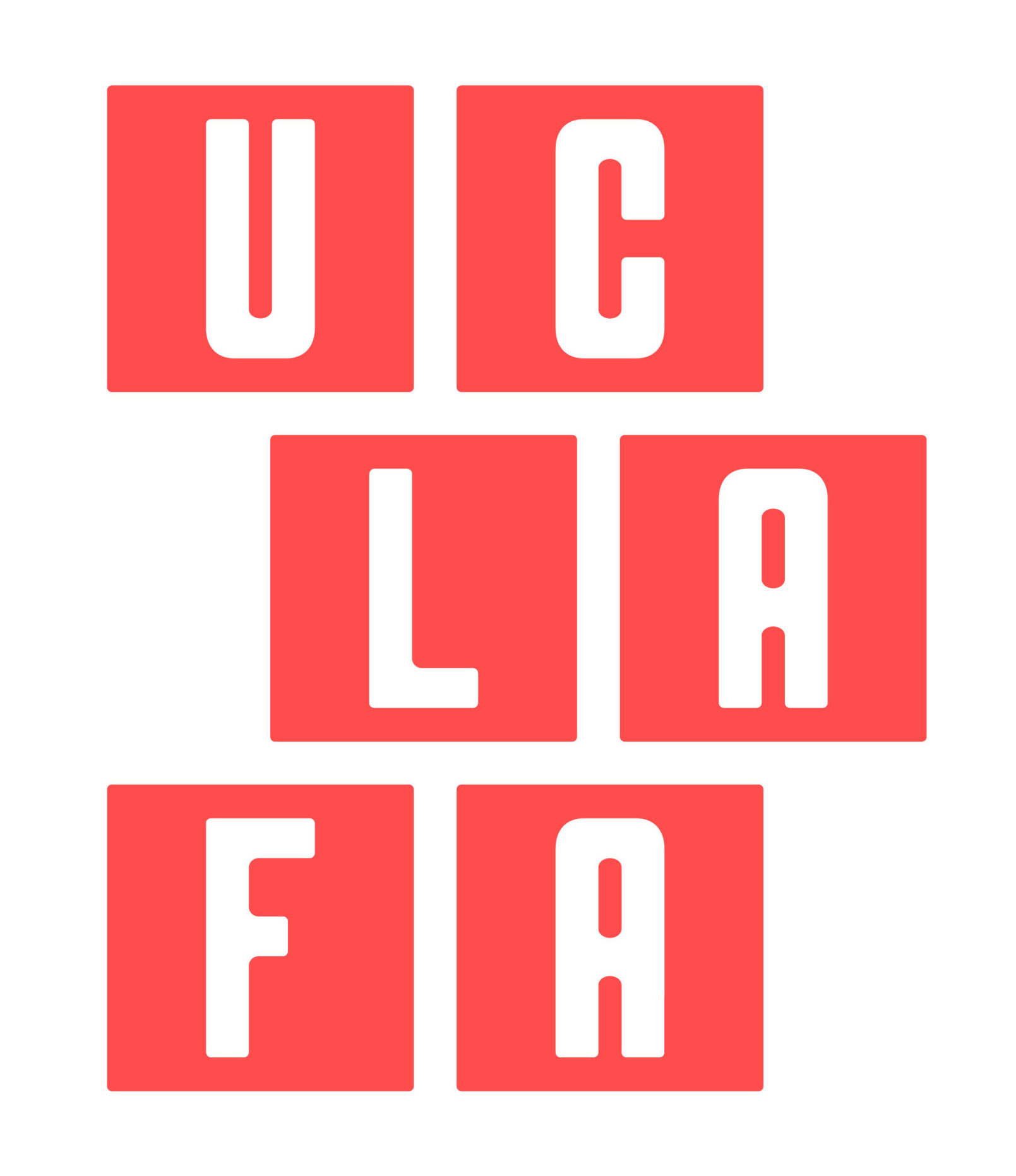Open Secret Revealed in Cash Report
 The state controller has released his report on cash flows into and out of the California general fund for 2010-11, the fiscal year that ended June 30. And here is something that has been a kind of open secret all along, but disguised by the fluid (polite word) terminology used to describe state budgetary matters. Suppose we define a surplus as a situation in which more flows into the general fund than flows out. Suppose we define a deficit as the opposite. And suppose we say a balanced budget as one in which inflows and outflows match.
The state controller has released his report on cash flows into and out of the California general fund for 2010-11, the fiscal year that ended June 30. And here is something that has been a kind of open secret all along, but disguised by the fluid (polite word) terminology used to describe state budgetary matters. Suppose we define a surplus as a situation in which more flows into the general fund than flows out. Suppose we define a deficit as the opposite. And suppose we say a balanced budget as one in which inflows and outflows match.
Now we all know that the state has ways of acquiring inflows of cash by doing things such as grabbing funding that might otherwise belong to other entities. Still, what the controller’s report shows is that the state has run a surplus of about $2 billion in fiscal 2009-10 and again in 2010-11. Yes, there is some “nonrevenue” (nice term!) in the mix contributing to the inflows. But the amount there is about $2 billion per annum in each of those years. So even pulling out nonrevenue, the budget was roughly in balance in each year as we have defined the term.
If that is the case, what about the “deficit” problem? There are two answers. The first is that state budget fluid terminology tends to confound “debt” (a stock concept – what you owe at a moment in time) with “deficit” (a flow concept – what goes in and out over a time period, in this case a fiscal year). Prior to 2009-10, we did run a deficit sufficient to put the general fund in debt. So running a balanced budget thereafter leaves the debt still to be paid off. We need to run surpluses to pay off past debt, just as a household would have to do to pay off, say, accumulated credit card debt. That answer begs the question of how long we should take to pay off the debt, i.e., does it all have to be done between now and June 30, 2012? Our budgetary methodology tends to insist that we always have to do it by the end of the fiscal year – or at least to enact budgets that make assumptions sufficient to make that happen.
The second answer to why there are concerns about deficits is that we have a problem going forward, linked to the expiration of the temporary taxes that a) the legislature approved in February 2009 but have now expired, b) that the governor wanted to have voters extend further in a special election that he originally wanted to occur by last month, and c) that he was unable to get Republican votes for, and so did not get on the ballot. The result is that the legislature eventually passed a budget last month that makes optimistic assumptions about revenues for this year (2011-12) despite a sluggish economy.
You may recall that last fall, shortly after the gubernatorial election, the Legislative Analyst was projecting ongoing annual deficits (in the sense defined above) of about $20 billion per annum for the next few years. These were “workload” deficits, i.e., what would happen if nothing were done to change policy. Obviously, something is always done, but even with more optimistic assumptions, that ongoing gap will be hard to close on a continuing basis.
In short, the open secret is that we have run balanced budgets over the last couple of years, using a variety of one time fixes. That’s the good news. The bad news is that it becomes harder and harder over time to produce that result, let alone pay off past debt, unless ongoing revenues appear or more cuts are made.
The controller’s latest report is at http://www.sco.ca.gov/Files-ARD/CASH/june_fy1011.pdf
